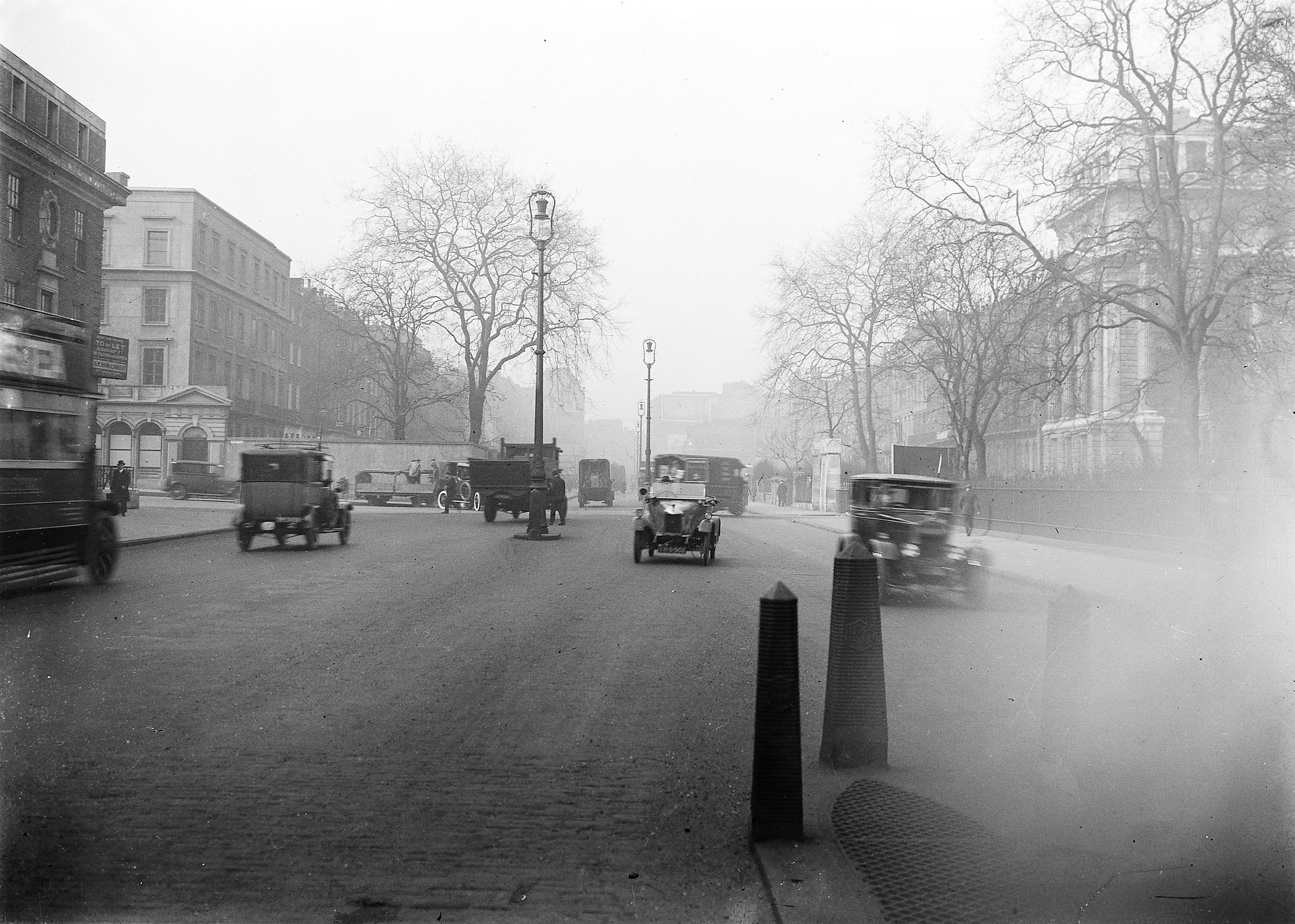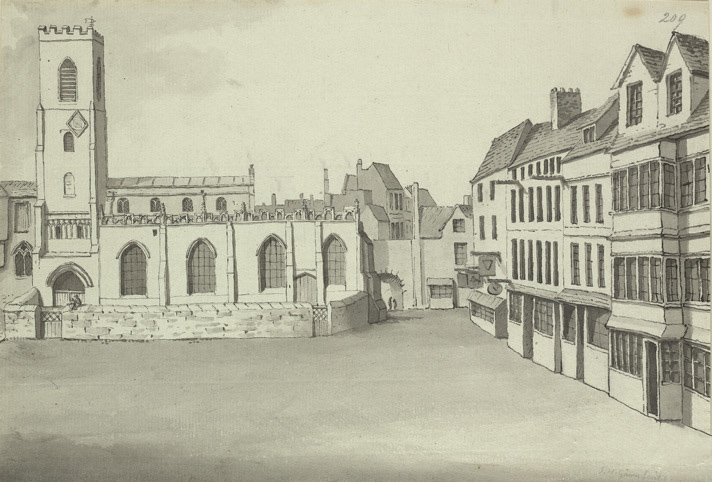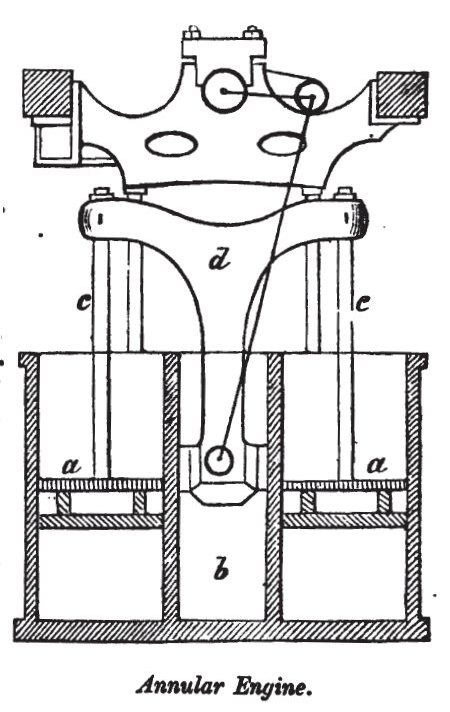|
John Henry Le Keux
John Henry Le Keux (23 March 1812 – 4 February 1896) was an English architectural engraver and draughtsman. Life The son of John Le Keux, he was born in Argyll Street, Euston Road, London, on 23 March 1812, and studied under James Basire III. He then worked for a time as assistant to his father. Between 1853 and 1865 Le Keux exhibited architectural drawings at the Royal Academy. About 1864 he moved to Durham, and acted as manager to Messrs. Andrews, a firm of publishers with which his wife was connected. He died at Durham on 4 February 1896, and was buried in St Nicholas' Church. Works Le Keux engraved plates for architectural works, including: * John Ruskin, ''Modern Painters'' and '' The Stones of Venice''; * John Weale, ''Studies and Examples of English Architecture'', Travellers' Club, 1839; * Charles Henry Hartshorne Charles Henry Hartshorne (17 March 1802 – 11 March 1865) was an English cleric and antiquary. Life Born at Broseley in Shropshire on 17 March 1802, ... [...More Info...] [...Related Items...] OR: [Wikipedia] [Google] [Baidu] |
John Le Keux
John Le Keux (4 June 1783 – 2 April 1846) was a British engraver. Life Born in Sun Street, Bishopsgate, London, on 4 June 1783, and baptised at St. Botolph, Bishopsgate, in September of that year, he was son of Peter Le Keux and Anne Dyer, his wife. The engraver Henry Le Keux (1787–1868), was his younger brother. His father, a wholesale pewter manufacturer in Bishopsgate, was from a Huguenot family. Le Keux was apprenticed to his father, but tried out engraving on pewter. He turned his attention to copperplate engraving, and was transferred for the remaining years of his apprenticeship to James Basire, to whom his brother Henry had been apprenticed. Under Basire he became a stylish line engraver. Works Le Keux's engravings were found in the architectural publications of John Britton, Augustus Welby Pugin, John Preston Neale, and others; they were an influence in the revival of Gothic architecture. He engraved the plates to James Ingram's ''Memorials of Oxford'', and ... [...More Info...] [...Related Items...] OR: [Wikipedia] [Google] [Baidu] |
Euston Road
Euston Road is a road in Central London that runs from Marylebone Road to King's Cross. The route is part of the London Inner Ring Road and forms part of the London congestion charge zone boundary. It is named after Euston Hall, the family seat of the Dukes of Grafton, who had become major property owners in the area during the mid-19th century. The road was originally the central section of New Road from Paddington to Islington which opened in 1756 as London's first bypass. It provided a route along which to drive cattle to Smithfield Market avoiding central London. Traffic increased when major railway stations, including Euston, opened in the mid-19th century and led to the road's renaming in 1857. Euston Road was widened in the 1960s to cater for the increasing demands of motor traffic, and the Euston Tower was built around that time. The road contains several significant buildings including the Wellcome Library, the British Library and the St Pancras Renaissance L ... [...More Info...] [...Related Items...] OR: [Wikipedia] [Google] [Baidu] |
St Nicholas' Church, Durham
St Nicholas Church, commonly known as St Nics, is a Church of England place of worship located on Durham marketplace and is the city's civic church. The church stands in the open evangelical tradition of the Church of England. History Old St Nicholas' Church The original St Nicholas' Church is thought to have been founded in the early 12th century by Ranulf Flambard, Prince Bishop of Durham. He cleared Palace Green, between the cathedral and his castle, and established the current marketplace below the castle, with the church of St Nicholas, patron saint of merchants, beside it. This church had a buttressed nave and chancel, and a square tower with battlements. Its north wall formed part of the city walls, and abutted the ancient Clayport Gate on one side until the gate's demolition in 1791. A graveyard lay between the church and the marketplace, and another behind the church. The building was extensively modified over the centuries, including shortening of the east ... [...More Info...] [...Related Items...] OR: [Wikipedia] [Google] [Baidu] |
Palermo Cathedral C1840
Palermo ( , ; scn, Palermu , locally also or ) is a city in southern Italy, the capital of both the autonomous region of Sicily and the Metropolitan City of Palermo, the city's surrounding metropolitan province. The city is noted for its history, culture, architecture and gastronomy, playing an important role throughout much of its existence; it is over 2,700 years old. Palermo is in the northwest of the island of Sicily, by the Gulf of Palermo in the Tyrrhenian Sea. The city was founded in 734 BC by the Phoenicians as ("flower"). Palermo then became a possession of Carthage. Two Greek colonies were established, known collectively as ; the Carthaginians used this name on their coins after the 5th centuryBC. As , the town became part of the Roman Republic and Empire for over a thousand years. From 831 to 1072 the city was under Arab rule in the Emirate of Sicily when the city became the capital of Sicily for the first time. During this time the city was known as . ... [...More Info...] [...Related Items...] OR: [Wikipedia] [Google] [Baidu] |
John Ruskin
John Ruskin (8 February 1819 20 January 1900) was an English writer, philosopher, art critic and polymath of the Victorian era. He wrote on subjects as varied as geology, architecture, myth, ornithology, literature, education, botany and political economy. Ruskin's writing styles and literary forms were equally varied. He wrote essays and treatises, poetry and lectures, travel guides and manuals, letters and even a fairy tale. He also made detailed sketches and paintings of rocks, plants, birds, landscapes, architectural structures and ornamentation. The elaborate style that characterised his earliest writing on art gave way in time to plainer language designed to communicate his ideas more effectively. In all of his writing, he emphasised the connections between nature, art and society. Ruskin was hugely influential in the latter half of the 19th century and up to the First World War. After a period of relative decline, his reputation has steadily improved since the 1960s wi ... [...More Info...] [...Related Items...] OR: [Wikipedia] [Google] [Baidu] |
Modern Painters
''Modern Painters'' (1843–1860) is a five-volume work by the Victorian art critic, John Ruskin, begun when he was 24 years old based on material collected in Switzerland in 1842. Ruskin argues that recent painters emerging from the tradition of the picturesque are superior in the art of landscape to the old masters. The book was primarily written as a defense of the later work of J. M. W. Turner. Ruskin used the book to argue that art should devote itself to the accurate documentation of nature. In Ruskin's view, Turner had developed from early detailed documentation of nature to a later more profound insight into natural forces and atmospheric effects. In this way, ''Modern Painters'' reflects "Landscape and Portrait-Painting" (1829) in ''The Yankee ''The Yankee'' (later retitled ''The Yankee and Boston Literary Gazette'') was one of the first cultural publications in the United States, founded and edited by John Neal (1793–1876), and published in Portland, Maine as a ... [...More Info...] [...Related Items...] OR: [Wikipedia] [Google] [Baidu] |
The Stones Of Venice (book)
''The Stones of Venice'' is a three-volume treatise on Venetian art and architecture by English art historian John Ruskin, first published from 1851 to 1853. ''The Stones of Venice'' examines Venetian architecture in detail, describing for example over eighty churches. Ruskin discusses architecture of Venice's Byzantine, Gothic, and Renaissance periods, and provides a general history of the city. Views on art and society As well as being an art historian, Ruskin was a social reformer. He set out to prove how Venetian architecture exemplified the principles he discussed in his earlier work, ''The Seven Lamps of Architecture''. In the chapter "The Nature of Gothic" (from volume 2), Ruskin gives his views on how society should be organised. We want one man to be always thinking, and another to be always working, and we call one a gentleman, and the other an operative; whereas the workman ought often to be thinking, and the thinker often to be working, and both should be gentlemen, ... [...More Info...] [...Related Items...] OR: [Wikipedia] [Google] [Baidu] |
John Weale (publisher)
John Weale (1791 – December 18, 1862 in Maida Vale) was an English publisher of popular scientific, architectural, engineering and educational works. Life He went into the trade first with George Priestley in St Giles, London who died around 1812, and worked then with Priestley's widow. He took a particular interest in the study of architecture. In 1823 he issued a bibliographical ''Catalogue of Works on Architecture and the Fine Arts'', of which a new edition appeared in 1854. He bought the architectural publishing business at 59 High Holborn built up by Isaac Taylor and his son Josiah Taylor as The Architectural Library, after Josiah's death in 1834. He followed the ''Catalogue'' in 1849–50 with a ''Rudimentary Dictionary of Terms used in Architecture, Building, and Engineering'', a work which reached a fifth edition in 1876. Weale died in London on 18 December 1862. Works Weale published also: * ''Steam Navigation, Tredgold on the Steam Engine, Appendix A,'' edited and ... [...More Info...] [...Related Items...] OR: [Wikipedia] [Google] [Baidu] |
Charles Henry Hartshorne
Charles Henry Hartshorne (17 March 1802 – 11 March 1865) was an English cleric and antiquary. Life Born at Broseley in Shropshire on 17 March 1802, he was the only child of John Hartshorne, an ironmaster,. He was educated at Shrewsbury School, and in 1821 entered St John's College, Cambridge, as a "pensioner", that is to say self-funded. He graduated B.A. in 1825, and M.A. in 1828. In 1825 Hartshorne was invited by his friend Frederick North, 5th Earl of Guilford, who had been appointed "archon" over the University of Corfu he had founded, to accompany him to the island, which was then ruled by the British. He travelled through Italy and made a tour in the Levant. In 1826 he returned to England. There he encountered gossip and innuendo that had blown up in his absence, concerned with a friendship he had made through the Roxburghe Club of bibliophiles with Richard Heber. ''John Bull'' hinted over two of its issues at the idea that the relationship of Heber and Hartshorne was ho ... [...More Info...] [...Related Items...] OR: [Wikipedia] [Google] [Baidu] |
John Henry Parker (writer)
John Henry Parker (1 March 1806 – 31 January 1884) was an English archaeologist and writer on architecture and publisher. Biography He was born in London, the son of John Parker, a merchant there. He was educated at Manor House School, Chiswick, and was apprenticed in 1821 to his uncle, the Oxford bookseller Joseph Parker (1774?–1850). He succeeded to his uncle's business in 1832, and ran the firm with great success, the most important of his publications being perhaps the series of the ''Oxford pocket classics''. In 1836 he published his ''Glossary of terms used in Grecian, Roman, Italian, and Gothic architecture'', which, published during the Gothic Revival in England, had considerable influence in extending the movement, and supplied valuable inspiration to young architects. In 1848 he edited the fifth edition of Thomas Rickman's ''Gothic architecture'', and in 1849 he published a handbook based on his earlier volume entitled ''Introduction to the study of Gothic archit ... [...More Info...] [...Related Items...] OR: [Wikipedia] [Google] [Baidu] |
Trondheim Cathedral
Nidaros Cathedral ( no, Nidarosdomen / Nidaros Domkirke) is a Church of Norway cathedral located in the city of Trondheim in Trøndelag county. It is built over the burial site of King Olav II (c. 995–1030, reigned 1015–1028), who became the patron saint of the nation, and is the traditional location for the consecration of new kings of Norway. It was built over a 230-year period, from 1070 to 1300 when it was substantially completed. However additional work, additions and renovations have continued intermittently since then, including a major reconstruction starting in 1869 and completed in 2001. In 1152, the church was designated as the cathedral for the Catholic Archdiocese of Nidaros. In 1537, during the Protestant Reformation, it became part of the newly established state Church of Norway. It is the northernmost medieval cathedral in the world. The cathedral is the main church for the ''Nidaros og Vår Frue'' parish, the seat of the Nidaros domprosti (arch-deanery), and ... [...More Info...] [...Related Items...] OR: [Wikipedia] [Google] [Baidu] |
1812 Births
Year 181 ( CLXXXI) was a common year starting on Sunday (link will display the full calendar) of the Julian calendar. At the time, it was known as the Year of the Consulship of Aurelius and Burrus (or, less frequently, year 934 ''Ab urbe condita''). The denomination 181 for this year has been used since the early medieval period, when the Anno Domini calendar era became the prevalent method in Europe for naming years. Events By place Roman Empire * Imperator Lucius Aurelius Commodus and Lucius Antistius Burrus become Roman Consuls. * The Antonine Wall is overrun by the Picts in Britannia (approximate date). Oceania * The volcano associated with Lake Taupō in New Zealand erupts, one of the largest on Earth in the last 5,000 years. The effects of this eruption are seen as far away as Rome and China. Births * April 2 – Xian of Han, Chinese emperor (d. 234) * Zhuge Liang, Chinese chancellor and regent (d. 234) Deaths * Aelius Aristides, Greek orator and w ... [...More Info...] [...Related Items...] OR: [Wikipedia] [Google] [Baidu] |








